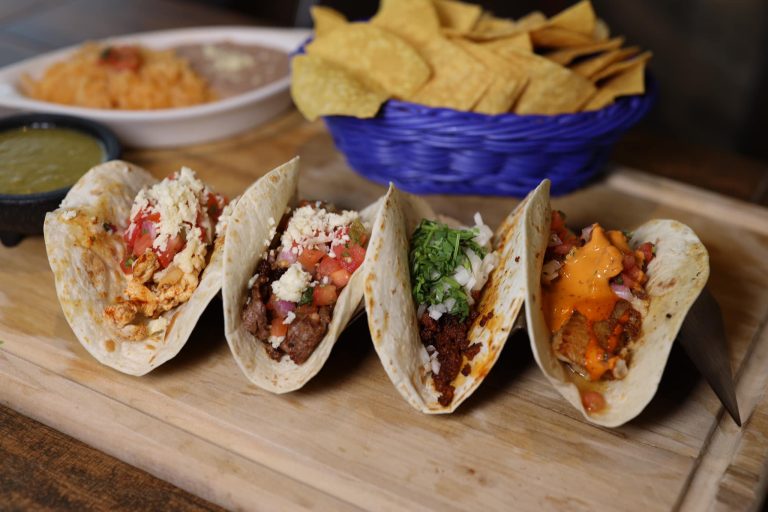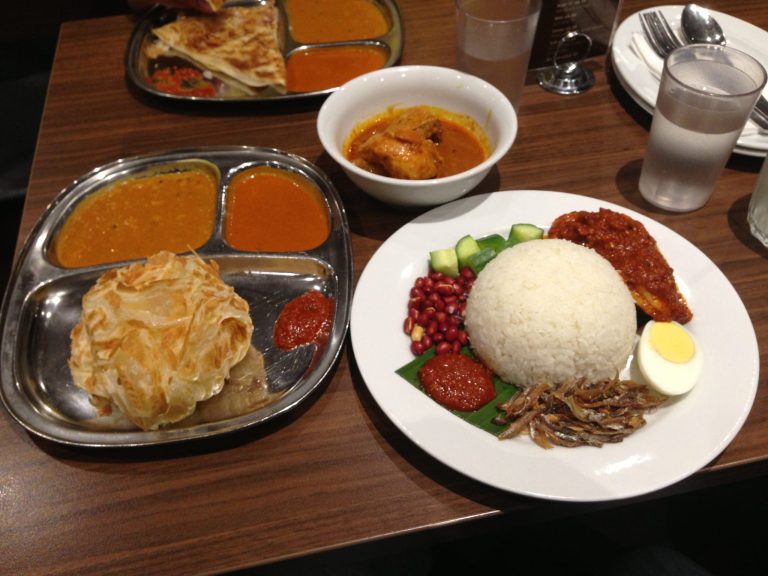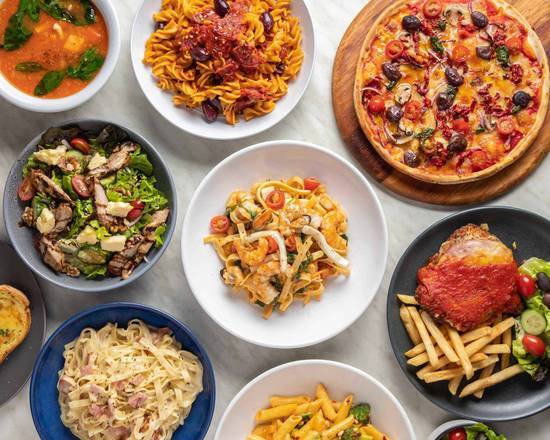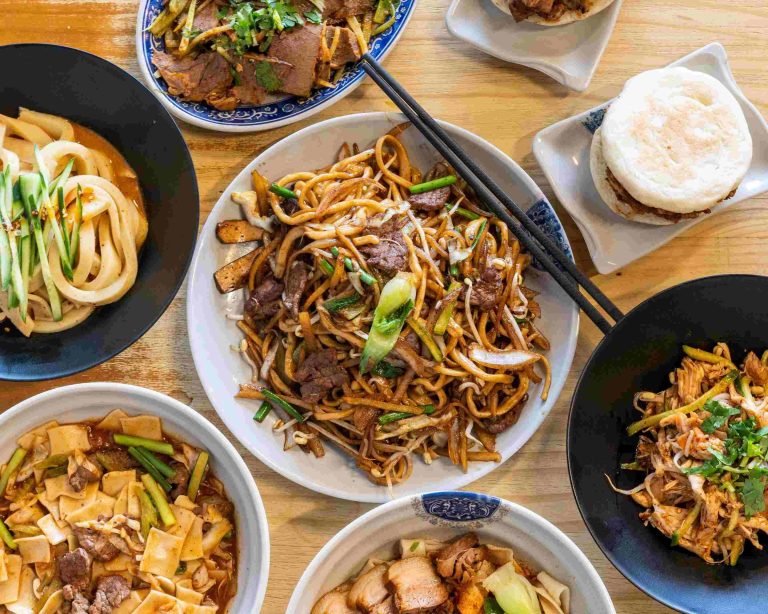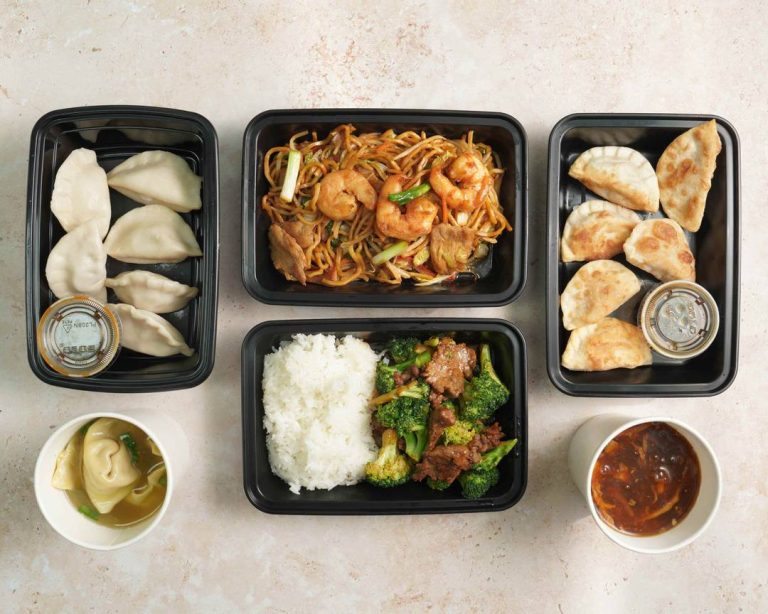Puerto Rican Restaurants with best price of 2024 (updated today)
Introduction:
Puerto Rican restaurants are culinary gems that offer a vibrant taste of the island’s culture and history. Steeped in tradition and rich in flavor, these establishments bring the warmth of Puerto Rico’s culinary heritage to your table. Whether you’re a food enthusiast or simply curious about new flavors, dining at a Puerto Rican restaurant is an experience that tantalizes the taste buds and nourishes the soul.
Why the Puerto Rican Restaurants Are Special:
Puerto Rican restaurants stand out for their unique blend of Spanish, African, and Taíno influences. This cultural fusion is evident in the ingredients, cooking techniques, and flavors that define Puerto Rican cuisine. These restaurants are more than just dining spots; they are a gateway to understanding the island’s history and traditions. The dishes are crafted with love and authenticity, often based on recipes passed down through generations.read more
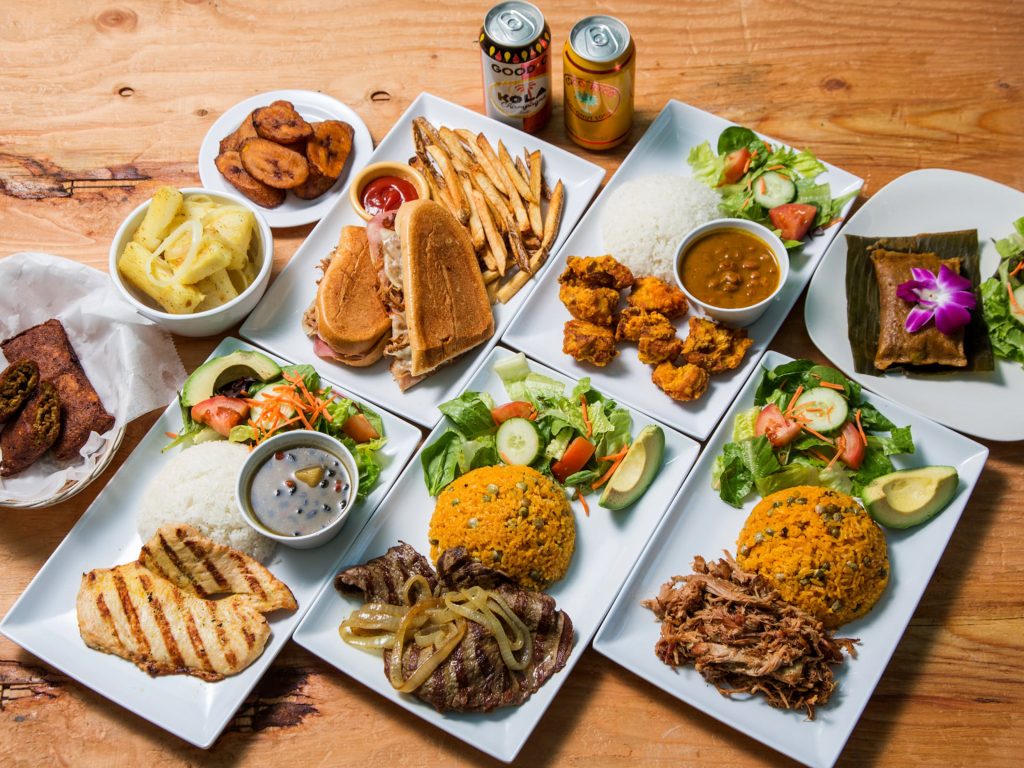
Special Items on the Menu:
When visiting a Puerto Rican restaurant, you’ll encounter a variety of special dishes that are staples of the cuisine:
- Mofongo: A signature dish made from fried green plantains mashed with garlic, olive oil, and pork cracklings. It’s often served with a choice of meat, seafood, or vegetables.
- Arroz con Gandules: This dish features seasoned rice with pigeon peas, often cooked with sofrito and pork, making it a flavorful and filling option.
- Lechón Asado: A celebration dish of slow-roasted pork, seasoned with a mix of garlic, oregano, and other spices. The crispy skin and tender meat make it a favorite.
- Pastelón: A Puerto Rican-style lasagna made with layers of sweet plantains, ground beef, and cheese. It’s a sweet and savory combination that’s hard to resist.
- Alcapurrias: A popular snack made from a dough of green bananas and taro, stuffed with seasoned ground beef or crab, and deep-fried to perfection.
Prices and Affordability:
Puerto Rican restaurants typically offer a range of prices to accommodate different budgets. Appetizers like alcapurrias and empanadillas usually range from $3 to $7. Main dishes like mofongo or arroz con gandules can cost between $12 to $25, depending on the protein and portion size. Special dishes such as lechón asado might be priced slightly higher, around $20 to $30, especially if they are prepared in a traditional manner. Desserts like flan or tembleque are often priced between $5 to $8.
Nutritional Information and Calories:
Puerto Rican cuisine is rich in flavor, and while many dishes are hearty, they can also be calorie-dense. Here’s a breakdown of the nutritional profile of some popular items:
- Mofongo: A serving can contain around 600-800 calories, depending on the portion size and protein added. It’s high in carbohydrates from the plantains and fat from the pork cracklings.
- Arroz con Gandules: A typical serving has approximately 300-500 calories, primarily from the rice and added fats used in cooking.
- Lechón Asado: A serving of roasted pork can range from 400-600 calories, with a high protein content but also considerable fat, especially from the crispy skin.
- Pastelón: This dish can range from 500-700 calories per serving, with a balanced mix of carbohydrates, proteins, and fats.
- Alcapurrias: Each piece might contain 200-300 calories, with a high fat content due to deep frying.
Serving Style and Atmosphere:
Puerto Rican restaurants often reflect the island’s warm and welcoming culture. The atmosphere is typically lively, with vibrant music, colorful decor, and a communal spirit that makes dining an engaging experience. Food is usually served in generous portions, often family-style, encouraging sharing and communal dining. The presentation is straightforward, focusing on the authenticity and flavor of the dishes rather than elaborate plating.
Opening and Closing Times:
The operating hours of Puerto Rican restaurants can vary depending on the location and day of the week. Generally, these restaurants open around 11:00 AM or 12:00 PM for lunch service and close between 9:00 PM and 11:00 PM. On weekends, some may stay open later to accommodate dinner and late-night diners, especially in vibrant, urban areas where nightlife is active.
Conclusion of Puerto Rican Restaurants:
Puerto Rican restaurants offer more than just a meal; they provide a cultural experience filled with history, flavor, and warmth. From the rich, savory notes of mofongo to the sweet, comforting taste of pastelón, each dish tells a story. Whether you’re counting calories or indulging in a hearty feast, there’s something for everyone. The next time you’re looking to explore a new culinary landscape, consider stepping into a Puerto Rican restaurant—you won’t be disappointed.



